LAUSANNE – Enthusiasm. If I had to choose a single word to describe my pre-departure mood it would undoubtedly be this. A little because I’m always happy to discover the behind the scenes of the great technological giants, and a little because this time the company was Logitech.
And my webcam is Logitech. My keyboard is Logitech. One of my mice is Logitech… And I could go on but it seems unfair to bore you. The key point is that Logitech is one of those companies that has a pervasive presence in my life, one that most of us have come into contact with, also because – let’s face it frankly – it is a point of reference in the world of peripherals.
But how are their products born? How do they go from an idea or a need to marketing a mouse, keyboard, and more? Now, after having spent a whole day at their headquarters in LausanneI can tell you.
Everything starts with us
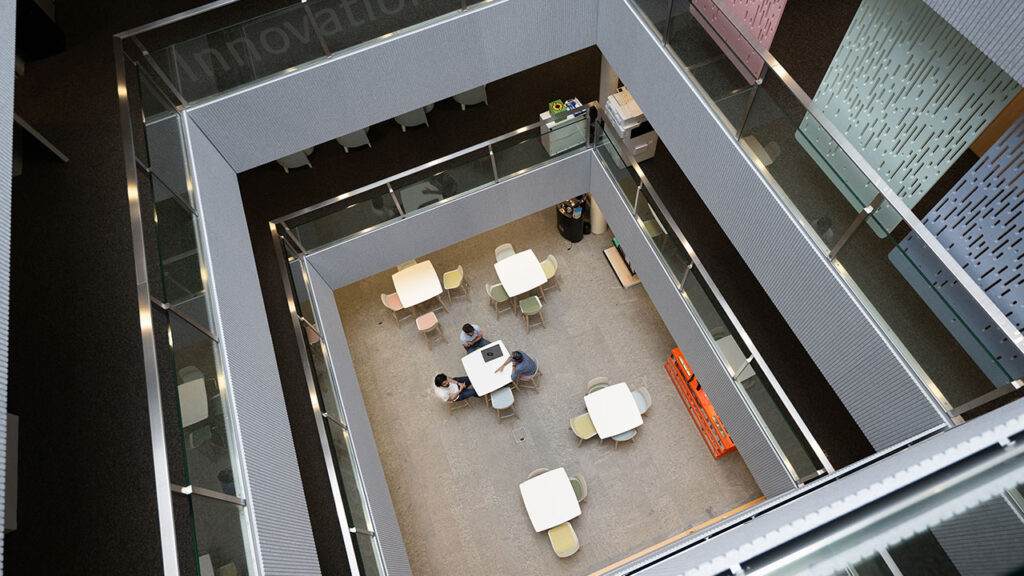 Inside the Logitech headquarters in Lausanne
Inside the Logitech headquarters in Lausanne
In my head, a product comes from an idea, from someone who gets up in the morning and decides that it wouldn’t be bad to have a mouse made in a certain way. It doesn’t really work like that. A Logitech product is first and foremost the result of research. Of the market, of course, but also of necessity. Our. The end user plays a vital role in the creation of a product since the needs of those who are going to buy the mouse are at the base. Whether it’s a gamer, a smart worker, a developer, a person with large or small hands… In short, the factors considered in the design phase are many, many.
To guide all this, however, we find some important pillars, key elements that guide every action of the Swiss company. For Logitech, products are born with the intention of being a kind of human capacity extender – fluid, intuitive and simple to use -, to help people work better (and not harder) and to be particularly environmentally friendlywith an approach carbon neutral which is adopted at every stage of development, from design to production to product shipment.
In Logitech’s labs
Ok, but that’s the theory. And the practice?
Well, I’m there for that the laboratories of Lausanne. Here the connectivity of the products is tested, the design is studied, the ergonomics checked, the functionalities tested and played. Yes, you read that correctly. Plays. But let’s go in order.
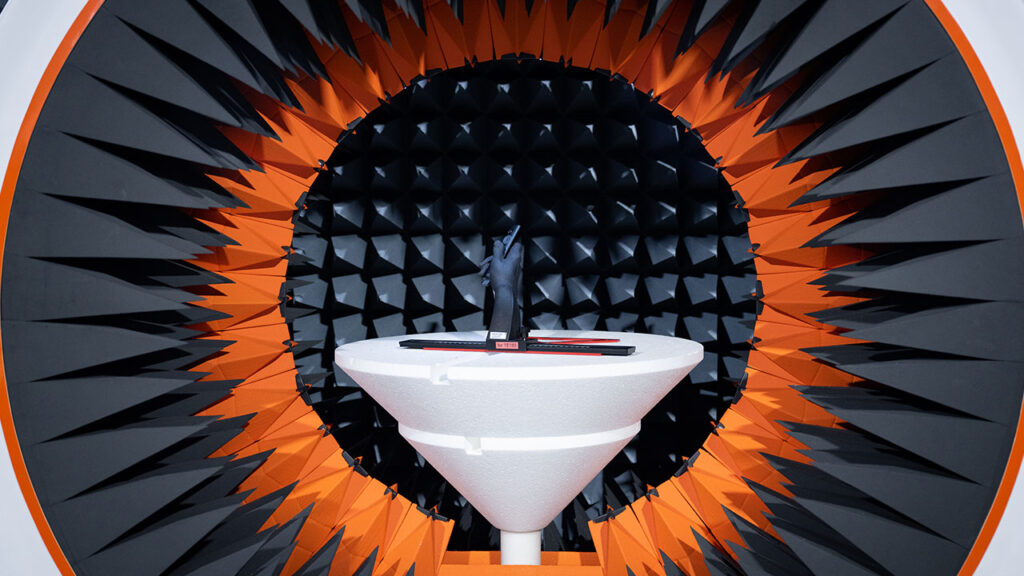
The first laboratory I set foot in is that RF, short for Radio Frequency (Radio frequencies). I know, it sounds very boring but it isn’t at all. In specially designed rooms to eliminate interferenceLogitech engineers make sure your mouse and keyboard remain securely connected to your computer at all times. How? First of all by deciding where to place the antenna inside the product, an operation that requires some tests and the right compromise with the designers. The stability of the signal is then tested to be sure that the connection does not lose power regardless of the position in which the device is located; extreme conditions of use are also simulated with special signal disturbers.
All this while the engineers make sure to comply with the RF standards of each individual country in which the product will then be marketed. How? Basically taking the state with the most restrictive laws (often South Korea).
This process, which may seem quick and painless to you, can actually last different months. So you understand well that a mouse is not born overnight but is the result of the daily and prolonged effort of the whole team.
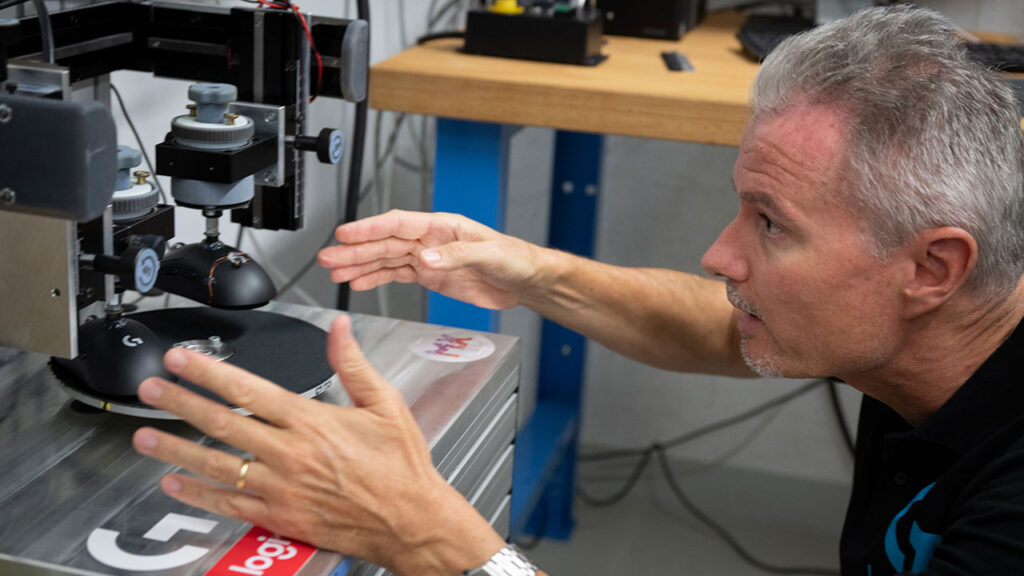
The antennas, however, are only one of the elements that we find inside the Logitech devices. In the Tracking Labfor example, they work hard to improve sensors and ensure maximum accuracy. Let me be clear: not all sensors are the same and, consequently, not all must respect the same parameters: it is clear that I expect something more from a gaming mouse than a mouse designed to work; however, all sensors must offer the end user an extremely fluid user experience, regardless of hardware, PPE and customization possibilities.
In this same laboratory then the Swiss company studies the different materials and different surfaces with the aim of making your mouse work great everywhere. Glass included.
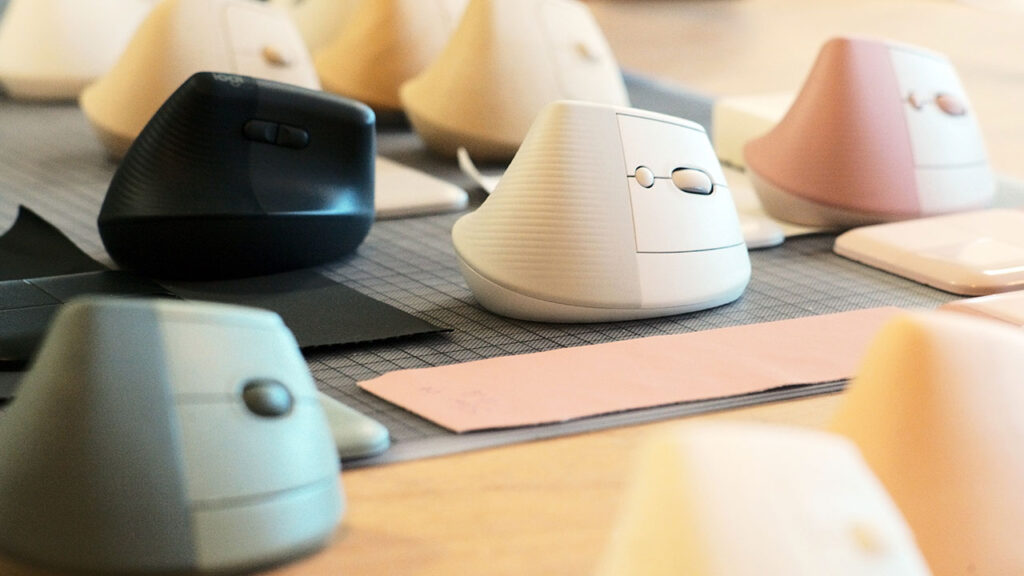 Logitech Lift
Logitech Lift
Ok hardware but aesthetics? After all, the eye also wants its part and often our choice is guided both by the characteristics and by the design of the product. And no, the design is not only based on 3D design. On the contrary, the physical component is fundamental. Take the Lift, Logitech’s latest vertical mouse, for example. It is not born only from a software but also from the dexterity of the designers. Or, if you prefer the technical term, give it sculpting. Which means exactly what you are imagining: they have “sculpted” the mouse. They obviously started from raw forms and then gradually came to the final formwith models that allowed them to study well the size, the position of the frets and much more.
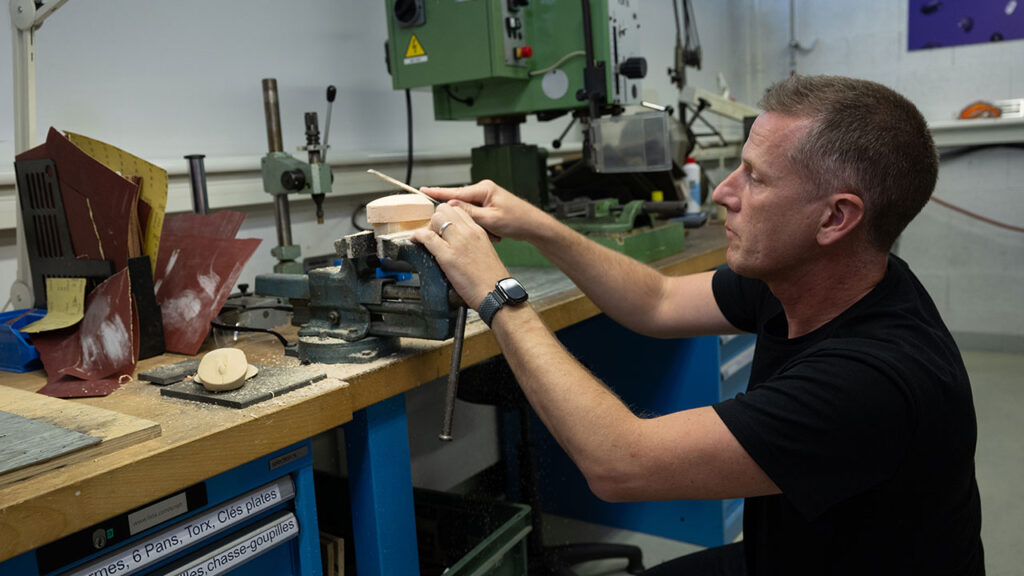
Even in this case, however, we are not faced with a separate process. The laboratories work together to make sure that everything works and, most importantly, that the product can be used in the long term without problems. Here it comes into play l’Ergo Labthe space that deals with the ergonomics of devices. An area that is actually a concentrate of science with sensors of all kinds, designed to be positioned on people in flesh and blood, and computers that can show and analyze the actions done by the subject in real time.
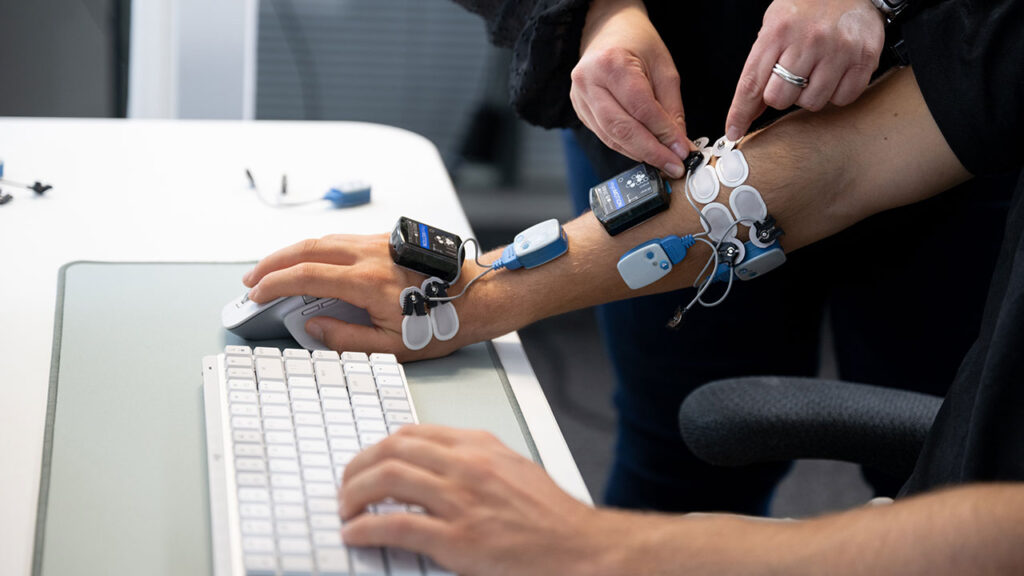
What is all this for? To understand how much stress the use of a product causes to your body.
Let’s take some practical examples. Why are the Lift and vertical mice in general highly recommended? Because the others, as evidenced by the animated skeleton of the Ergo Lab, force you to cross the ulna and the radius, causing stress also to the nearby nerves and muscles.
Think about keyboards now. What’s the point of having a palm rest? Simple: when you use the keyboard without this support you greatly increase the pressure on the nerves of the wrist. The palm rest, or an ergonomic keyboard that integrates it, reduces pressure.
All these analyzes are conducted during product development, with the Ergo Lab team being involved from the outset and leveraging both company employees and external parties to conduct their own research and help designers find the best solution possible.
But no, not for everyone.
One size doesn’t fit allthey repeat to us constantly.
That is, “One size does not fit all”.
That’s why a mouse can have two sizes. And why there are versions for left-handed and versions for ambidextrous.
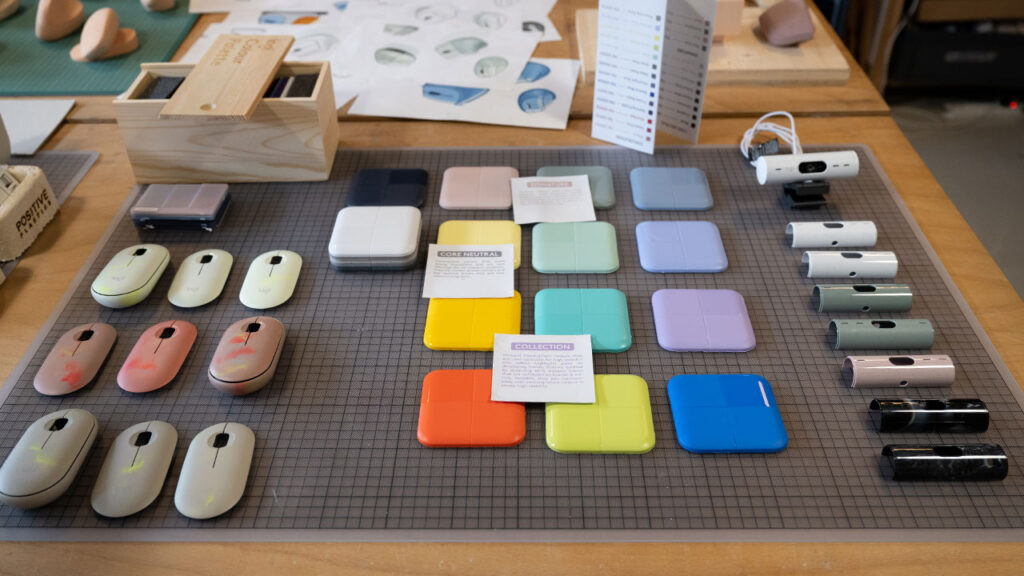
The shape changes but the colors change too, which are another element of constant study by Logitech. Not only for the desire and the need to give the end customer a different product, which deviates a little from the classic black or gray but also for the choice of using recycled materials. And you will say “ok, what’s the connection?”. Well, recycled plastic does not allow the entire color palette to be used indiscriminately. That’s why the Swiss company devoted time and research to creating new shades that can adapt to the production process without however dissatisfying the users.
Once created, the peripherals must be tested. That’s why at the entrance to the huge building occupied by Logitech we find a corner dedicated to the world of gaming. This space, instantly recognizable with its dark shades and blue neon anchored to the ceiling, has been filled with computer stations, consoles and driving simulators to allow both employees and professional gamers to try out the game peripherals created by Logitech, flying. included.
There is room for everyone
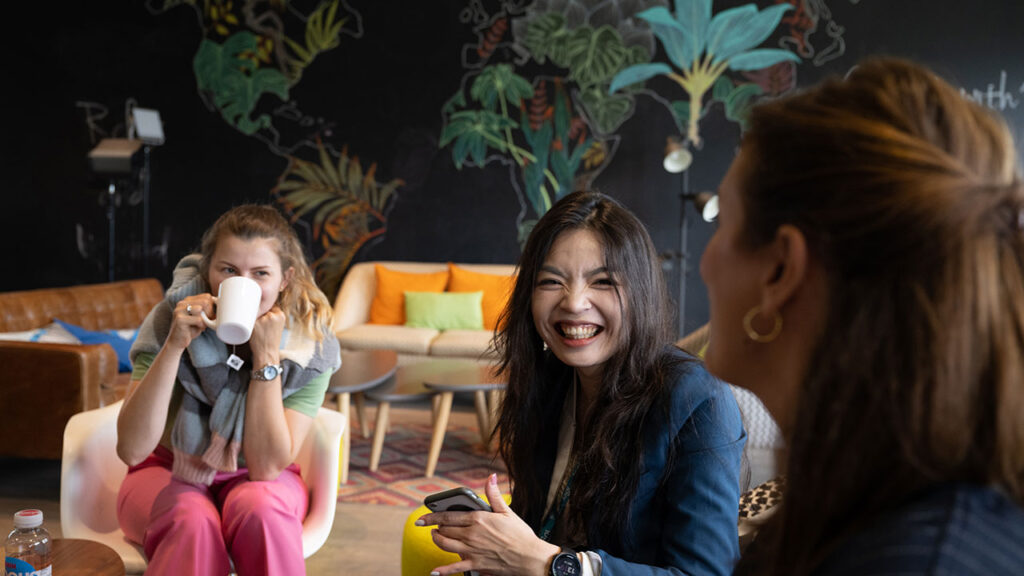
Nothing is overlooked. Not even the human aspect. I’m not just talking about the care that is put into the creation of the products, in the general attention to diversity and well-being but of the employees who populate the corridors and spaces of the center of Lausanne.. All the people with whom I have had the opportunity to talk and meet have expressed enthusiasm for their work, for their company. They are all aligned with the principles that guide Swiss society and this is because they are first of all accepted for who they are. In Logitech there is really room for everyone because everyone can make their contribution, everyone can have an idea, a point of view, an intuition that helps the company to progress, to evolve, on all fronts.
I can’t wait to find out what this openness and focus on diversity will bring us in the future.






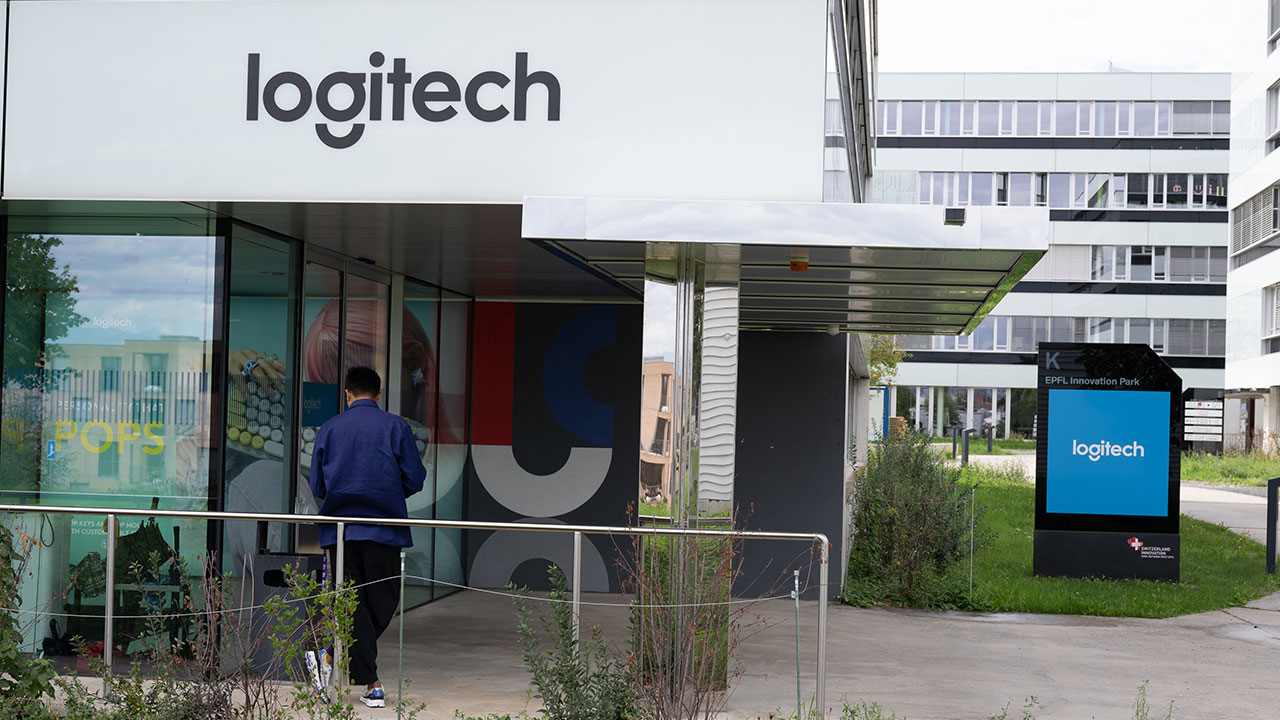








Leave a Reply
View Comments